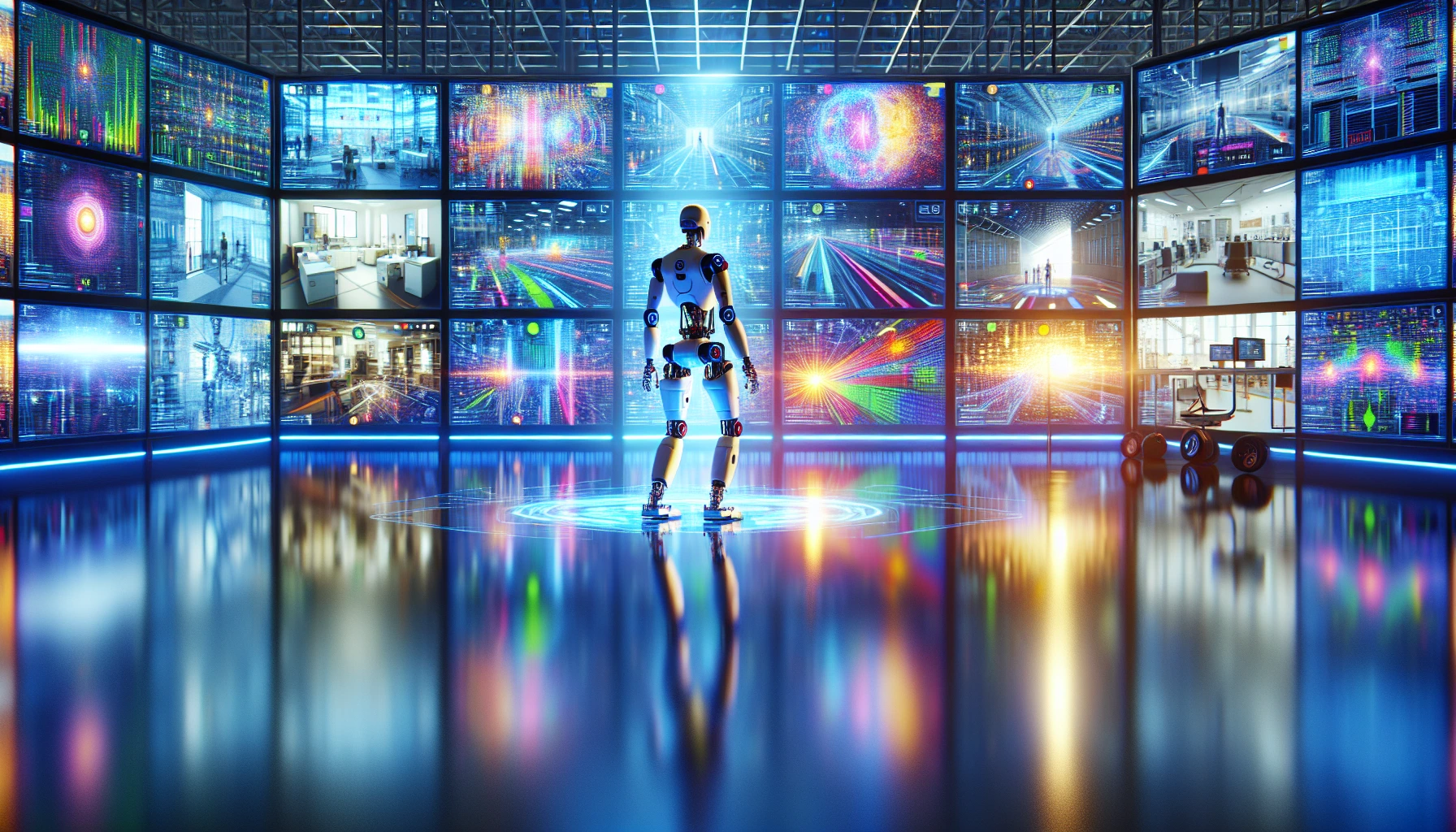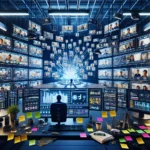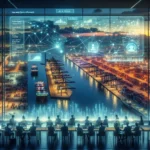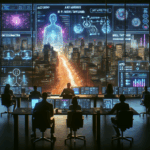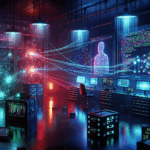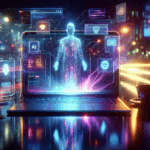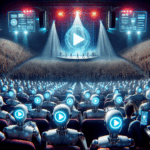AI Video’s Real Breakthrough: Training Humanoids from 20 Minutes of Footage
From Clicks to Control
We’ve treated AI video as a content machine. The real prize is control. When video models become training engines for robot brains, every frame stops chasing views and starts shaping behavior. That flips the economics: less filming, more doing. Hence the most interesting camera in the world might be the one that records just 20 minutes of reality—and seeds millions of synthetic experiences.
The 20-Minute Multiplier
ShengShu’s approach (Vidar) claims an 80–1200x data multiplier: a small clip of real-world behavior becomes vast, targeted training video. That compresses both time and cost. Instead of months of data collection and risky trials, teams can iterate policies in days. Especially for operators who care about ROI, this isn’t a cute demo—it’s a capital allocation shift. Fewer expensive edge cases to capture in the wild; more targeted scenarios spun up on demand.
Decouple to Accelerate
The architectural move is clean: split perception from control. Their Vidu video model learns the visual and temporal structure from both real and synthetic footage; a task-agnostic layer (AnyPos) translates that understanding into motor commands. Decoupling lets you swap parts without redoing the whole stack. New task? Update data. New robot? Re-map outputs. The result is policy agility without endless re-collection.
Automate your tasks by building your own AI powered Workflows.
Simulation That Sticks
Most sim-to-real fails on fidelity or coverage. Generative video narrows that gap by synthesizing lifelike contact, occlusion, and human variability. If the long tail is where robots break, synthetic video lets you generate the tail on purpose. You get safer training (fewer broken wrists and grippers), cleaner compliance logs, and higher confidence that what works in sim isn’t a fairy tale.
Deployment Moves Left
This is how humanoids leave the lab sooner: adaptable policies that generalize across homes, clinics, and factory aisles. Eldercare and home assistance demand nuance—clutter, pets, uneven lighting. Healthcare wants reliability and traceability. Basically manufacturing wants uptime. e.g. with video-driven training, you patch behavior via data, not hardware redesigns. That’s faster iteration, less downtime, and clearer budgets.
The Real Race: Useful Synthesis
Evidently we’re no longer competing to collect the most real interactions; we’re competing to generate the most useful ones. That means ranking synthetic scenes by policy impact: which videos shrink error bars in unfamiliar rooms, with unfamiliar tools, under unfamiliar lighting? Furthermore expect a new discipline around video curriculum design, coverage metrics, and continual evaluation loops tied to on-robot telemetry.
Fiscal Responsibility Meets Physical AI
For conservative operators, the attraction is disciplined spend. If 20 minutes of ground truth drives months of training, you reduce field collection, insurance exposure, and specialized crew time. You also turn capex-heavy data pipelines into a predictable opex subscription for synthesis and validation. Add provenance tracking, safety sandboxes, and rollback plans, and you’ve got a deployable, auditable path to scale.
What to Watch Next
Three signals matter: 1) firstly sample efficiency (tasks learned per minute of real video). 2) secondly transfer (zero-shot performance on unseen environments and tools), and 3) swap speed (how fast policies adapt to new robot bodies). If those trend up, the timeline to useful humanoids collapses. Finally the center of gravity moves to whoever can generate, score, and govern the right synthetic video at the right moment.

AI Related Articles
- AI Stethoscope Doubles Diagnoses in 15 Seconds—The Hard Part Is Deployment
- AI Video Turns 20 Minutes of Reality into Deployable Humanoids
- Automated UGC, Manual ROI: The Next Ad Arbitrage
- Job Loss: Pilots Are Over, AI Agents Just Hit the Payroll—and the Pink Slips
- Build the AI Control Tower: Turn Supply Chain Chaos into Margin
- Nuclear Command at Machine Speed: The Flash Crash Risk We’re Not Pricing In
- Autonomous Interstates by 2027: The Route Changes, Not the Role
- AI Will Lower Healthcare Costs by Deleting Admin Waste—Not by Finding More Diagnoses
- Microsoft Warns About AI Job Risk—But It’s Your Task List That’s Replaceable
- Stop Shipping AI Demos: Win With AgentOps, Not Agent Model Hype
- Generative Ransomware Is Here—Your Security Playbook Just Changed
- The Next Breakthrough in ChatGPT Isn’t Smarts—it’s Saying “I Don’t Know”
- Stop Chasing Apps: Build a Personal AI Student OS
- Browser Copilots Are the New Surveillance Layer—Build Verifiable Trust
- AI Bots Are the New Superfans: Streaming’s Next Moat Is Verified Attention

